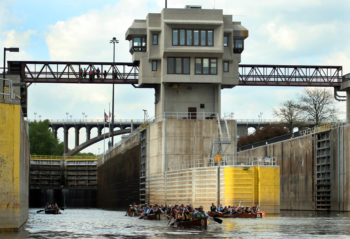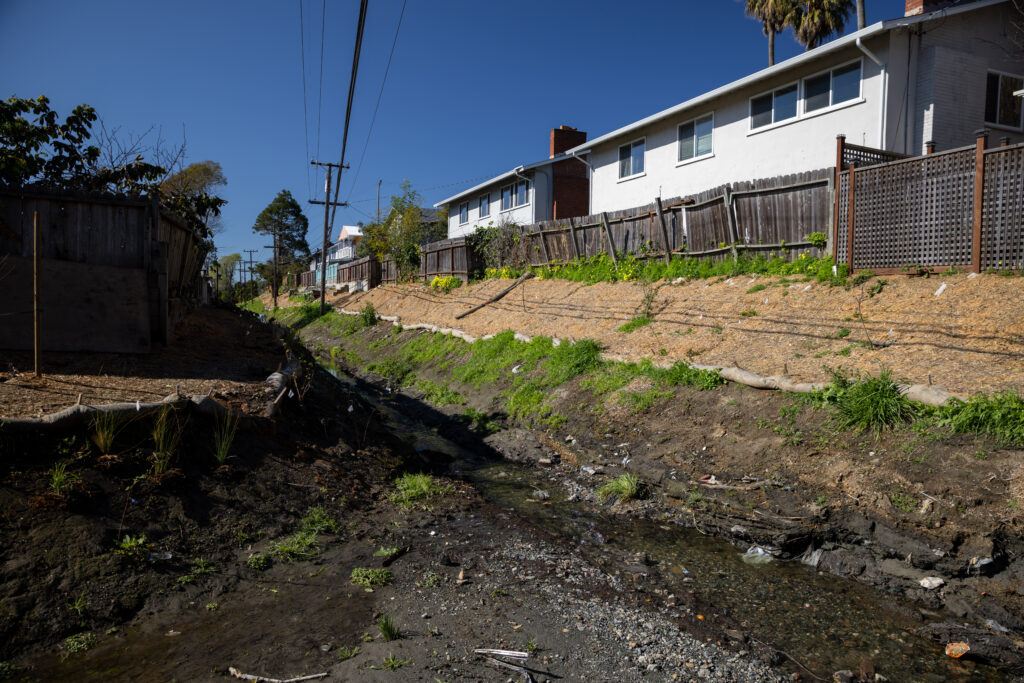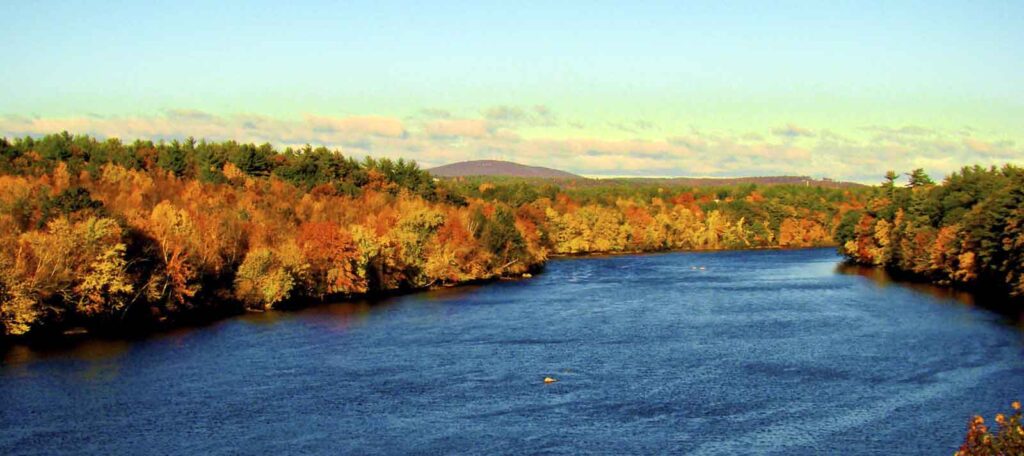Still Fighting for the Mississippi, a Century Later
The fight for the Mississippi River and dam removals continues — a fight that began in 1922. The Army Corps of Engineers needs to hear from you. Tell them to remove the dams in the Mississippi River Gorge.
This guest blog from Jill Crafton is a part of our America’s Most Endangered Rivers® series on the Mississippi River Gorge.
As residents of the Upper Mississippi River Basin, we often take for granted the natural ecosystems that exist within the basin. The meandering river, floodplains and tributaries define its character and support the many birds, mammals, reptiles and amphibians and species of fish throughout the channels and backwaters. The Upper Mississippi River Refuge Act establishing the Mississippi River Wildlife and Fish Refuge was passed on June 7, 1924 to preserve the natural character of this 300 mile river bottom preserve.
In 1922, fifty-four Mississippi River anglers formed the Izaak Walton League in response to the loss of wilderness and pollution of our rivers that, at the time, were used as sewer systems. The first aggressive action was to protect the Mississippi River system. The great conservationist Will Dilg led this effort by proposing the Upper Mississippi River Refuge Act to protect the river. Dilg and the Izaak Walton League brought about the appropriation, establishment and management of this preserve through Congress in 1924 to address the pollution, erosion damage due to siltation, and the disappearing fast waters and spawning habitat.
Later in 1930, Congress authorized the “construction and repair of the river” which led to the creation of the nine-foot navigation channel. Realizing that the nine-foot channel, which flooded thousands of acres of forest and wildlife habitat during construction, was inevitable, members of the Izaak Walton League joined by women of the Federation of Women’s Clubs attended hearings from 1930 – 1933. The thrust of their opposition was to secure agreement to maintain relatively stable water levels and to assure the full consideration of protection for recreational and aquatic values. The Izaak Walton remains a relentless advocate for the river’s habitat for fish and mammals and the aquatic plant life that migrating birds need for food.
Since the Refuge’s establishment, a series of dams — the nine-foot navigational channel — and sewage pollution have compromised its wilderness, wildlife habitat and natural beauty by disrupting the natural flows of the river and destroying habitat for fish and wildlife. Keeping the dams in place requires continued costly maintenance and operation of the Locks and Dams; moreover, maintenance is backlogged, and there are a finite amount of dollars available. In the Mississippi River Gorge below St. Anthony Falls there is an exciting opportunity to restore the natural flow and character of the river and influence the future of this stretch of the river.
Next week, the U.S. Army Corps of Engineers will host public meetings on the Disposition Study that will guide the fate of these two upper most dams that are part of the nine-foot navigation channel project. Removing the dams to restore fish and wildlife habitat is an option and can be accomplished a few ways.
- The Corps could release the dams to another owner who would remove them. Under this model, local non-profits and/or citizens could create a limited liability trust that would raise the funds necessary to remove the infrastructure and oversee the project. Similarly, a municipality, like a park district, could take ownership of the infrastructure and remove the dams.
- The Corps could keep the dams and evaluate their removal through existing authorities. There are two authorities that the Corps uses to remove dams and restore aquatic ecosystems:
- Section 1135 of WRDA 1986, the Corps’ first ecosystem restoration authority, authorizes modifications of Corps projects to improve the environment, and
- Section 206 of WRDA 1996 authorizes the Corps to carry out aquatic ecosystem restoration projects to improve the quality of the environment on sites unrelated to Corps projects.
Both of these options have pros and cons. If the dams are released and removed through another entity, removal will be certain and swift. But this option is expensive and fundraising through foundation grants and private donors might compete with other important local projects. If the Corps keeps the dams and pursues removal through their authorities, removal and restoration would take longer and success would be less certain. The projects would compete nationally for funding and be subject to political horse-trading. Additionally, local groups would still have to raise a portion of funds to match federal cost-share rules.
Either way, it’s important for everyone to get involved. Let the Corps know you want the dams removed by sending them an email or attend an upcoming public meeting if you are in the area.
Public meeting schedule:
July 16th at 6PM at Mill City Commons, 704 Second St. S., Minneapolis, MN 55401
July 17th at 6PM at Highland Park Senior High School auditorium, 1015 Snelling Ave S, Saint Paul, MN 55116
[su_button url=”https://act.americanrivers.org/page/4987/action/1″ background=”#ef8c2d” size=”4″ center=”yes”]Take Action »[/su_button]
Author: Jill Crafton
 Jill Crafton, Izaak Walton League. Jill is on the Board of Directors for the Izaak Walton League of America and lives in Bloomington, MN. She serves on several committees committed to improving the water quality of the Great Lakes and Mississippi River and sits on the Riley Purgatory Bluff Creek Watershed District Board.
Jill Crafton, Izaak Walton League. Jill is on the Board of Directors for the Izaak Walton League of America and lives in Bloomington, MN. She serves on several committees committed to improving the water quality of the Great Lakes and Mississippi River and sits on the Riley Purgatory Bluff Creek Watershed District Board.





